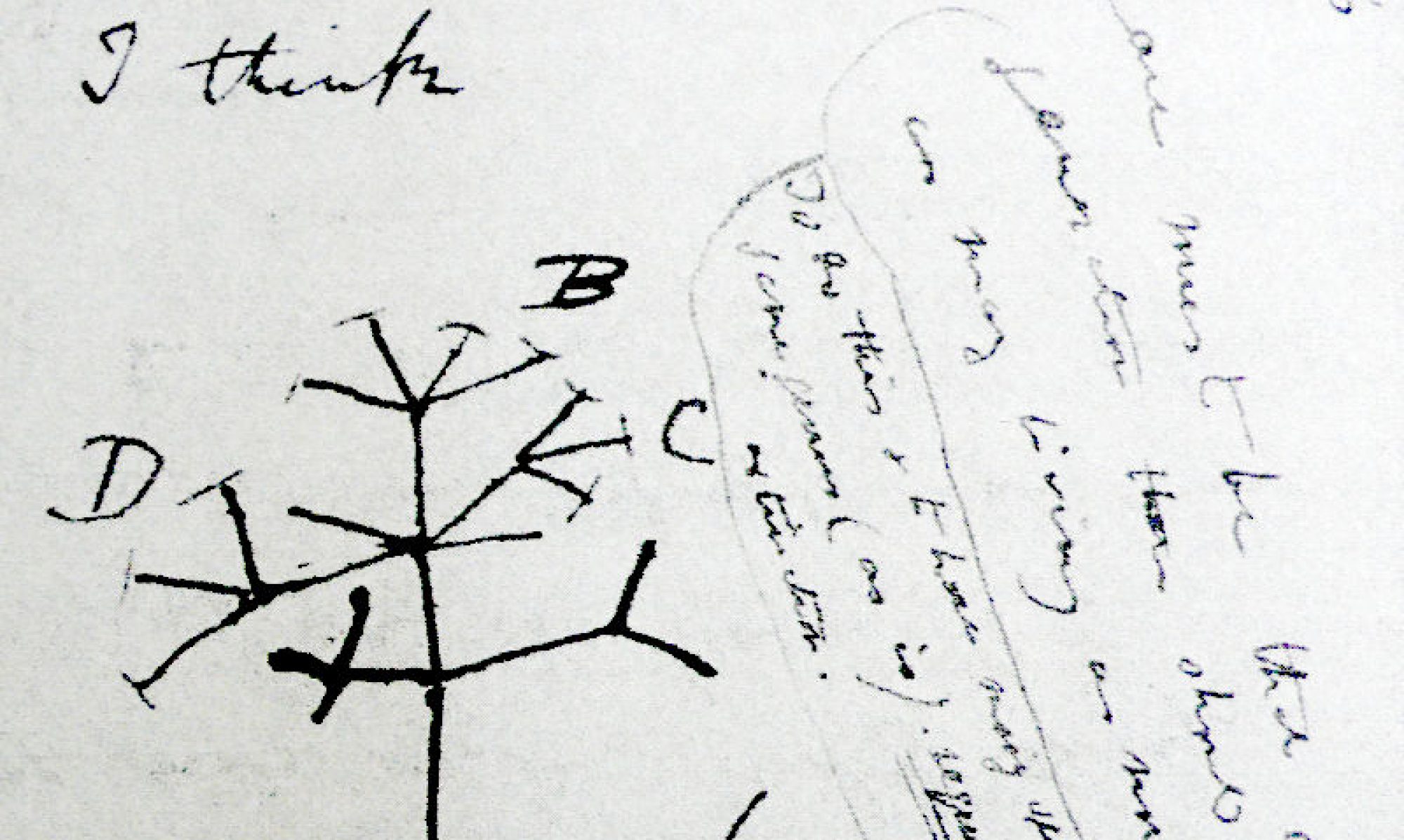By: Jordan Callahan and Michelle Stracqualursi (Stonehill College, BIO323 Evolution, Fall 2018)
In nature, the male bulb mite is seen in two different forms. They could be a “Fighter” which means they have a thick third pair of legs with a sharp terminal, or they could be a “Scrambler” having thinner, female-like legs. Their morph is determined by an interaction between their genes and their environment. Environments with colder temperatures will have more fighter males, while a warmer environment will have more scrambler males. The temperature also influences the mites’ survival and reproductive success. Since the two morphs have different environmental preferences, they experience barriers to gene flow. Fitness is affected based on the phenotype that is expressed in each environment.
Listen now:
The phenotype of male bulb mites (Rhizoglyphus robini) is determined by interactions between genetics and the environment. Males express two different morphs; one morph is referred to as a “Fighter” the other is referred to as a “Scrambler.” The fighter has a thick third pair of legs with sharp terminals, while the scrambler has thinner, female-like legs. Lower temperatures, such as 18°C, prefer fighter males, while higher temperatures, 24°C, prefer scrambler males. Fighters exhibit aggressive behavior that can’t be tolerated at high temperatures. Fighters cannot maintain their aggressive behavior in higher temperatures because it has poor effects on their metabolism. Fighters can do well in lower temperatures because the energy cost associated with their behavior decreases. The scrambler morph will increase in warmer temperatures and decrease in colder ones.
Temperature also has effects on mortality. Scramblers have a high mortality rate in lower temperatures, which are dominated by fighters because the fighter males will fight and kill the scramblers. However, scramblers cannot kill fighters at either temperature. When fighting is prevented, the scramblers will outlive the fighters in both environments. The explanation to why scramblers have a longer life span is still under investigation.
Reproductive success also correlates to the environment the mite occupies. Since fighters have a higher chance of survival in colder temperatures, they will reach reproductive age and produce offspring. Fighters have a lower reproductive success in warmer temperatures because they expend so much energy on aggression and trying to maintain their metabolism they don’t have enough energy to reproduce as many offspring. Scramblers are more likely to survive in warmer environments, and they do not use as much energy to survive as the fighters do, so they can have more offspring in warmer environments. Scramblers reproductive success is not as high in warm temperatures because the fighters will kill scramblers before they get the opportunity to reproduce.
Since mites have different temperature preferences and live in different environments, there is a barrier to gene flow. A migrant scrambler that moves into a low-temperature population would have a low fitness. Low-temperature areas have shown higher survival rates and reproductive success for fighters which means they will have a high fitness. The fighters will be able to mate and pass on their genes while scramblers will have a difficult time trying to survive and finding a mate. Over time, the limited contact between the two morphs could lead to speciation. However, in populations where the temperature fluctuates, there’s a stable equilibrium in which both morphs co-exist because the male morph gene is associated with intra-locus sexual selection. Not all females show a preference for the same morph so in areas where both morphs exist genetic variance can be maintained.
Citation: Plesnar-Bielak, A., Skwierzyńska, A. M., Hlebowicz, K., & Radwan, J. (2018). Relative costs and benefits of alternative reproductive phenotypes at different temperatures – genotype-by-environment interactions in a sexually selected trait. BMC Evolutionary Biology, 18(1). doi:10.1186/s12862-018-1226-x
Link to paper: https://bmcevolbiol.biomedcentral.com/articles/10.1186/s12862-018-1226-x#Sec1
Author’s Google Scholar page: https://scholar.google.pl/citations?user=ny-nKvMAAAAJ&hl=pl
Music: The Raven and the Swan by Josh Woodward (c) copyright 2013 Licensed under a Creative Commons Attribution (3.0) license. http://freemusicarchive.org/music/Josh_Woodward/Dirty_Wings_Instrumentals/JoshWoodward-DW-NoVox-07-TheRavenAndTheSwan
Picture: https://pixabay.com/en/photos/mites/?
